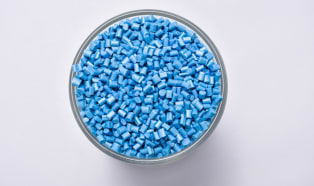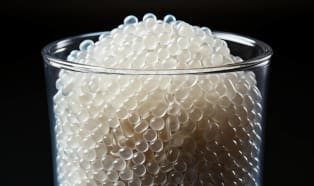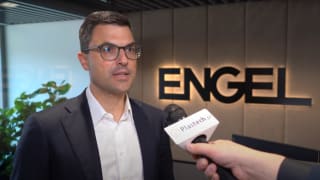
ChemCourier: polypropylene market in Poland – summary and price outlook
Several converters have confirmed that they will maintain production on 29–30 December, as they have orders for finished products. As a result, trading companies will be able to continue selling and looking for customers this week, if they deem it appropriate.













